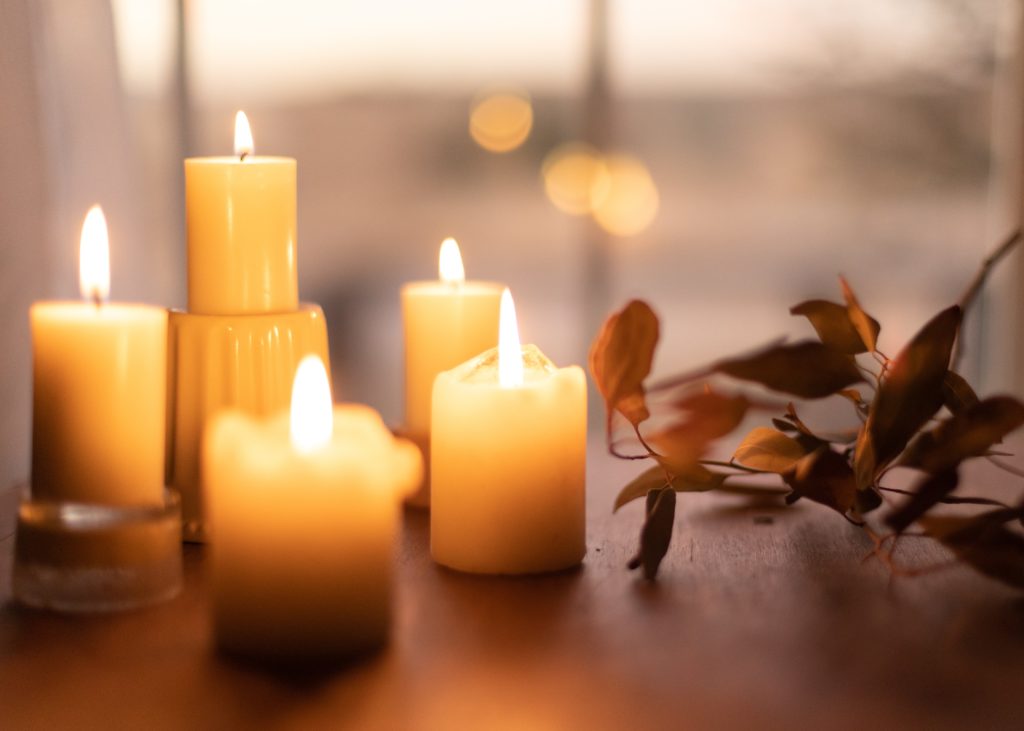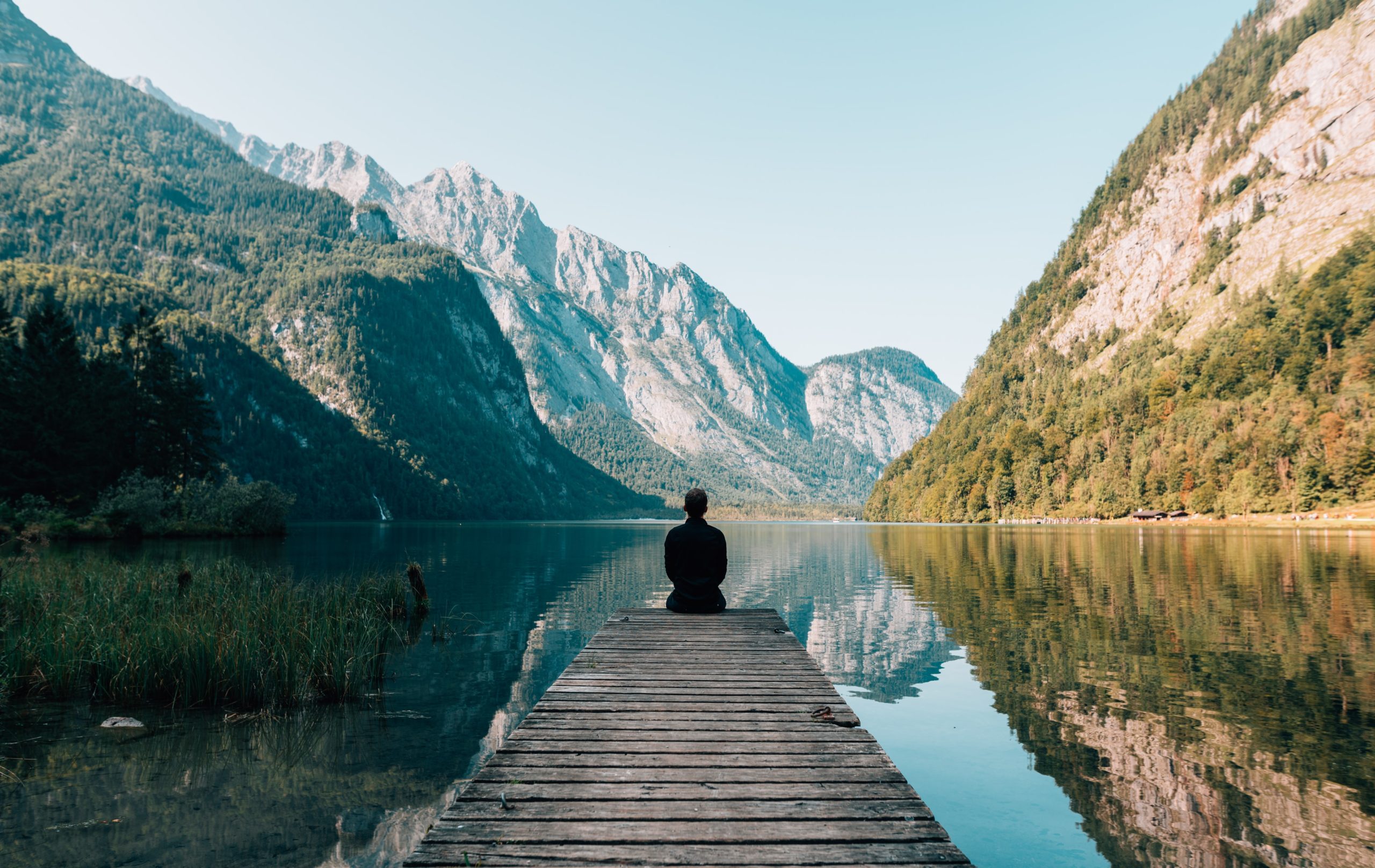Imagine that you are a nurse, subject to incredible mental and emotional stresses as you go about your daily work caring for patients during a pandemic. You feel like you barely have enough time to eat lunch during a busy shift and are exhausted by the end of it. Many studies document the rising burnout rates for medical staff. “According to a national nursing engagement report released in April 2019, of the 2,000+ health care partners responding to the survey, 15.6% of all nurses self-reported feelings of burnout, with emergency room nurses being at a higher risk … burnout negatively affects the physical and emotional health of staff and contributes to rising costs. It also has been shown to have a negative impact on patient satisfaction, worsen patient outcomes or increase rates of safety events, and increase mortality.”
How can healthcare staff be encouraged to take a break and get away even for a short time to take care of themselves and avoid burnout? How do we take care of the health of those who take care of us? How can healthcare organizations counteract the increase in staff turnover? “NSI Nursing Solutions Inc. reports the average annual cost of turnover for a bedside RN is $44,400. Each percentage change in turnover could cost — or save — a hospital an additional $306,400 a year, on average.” Developing a culture that encourages staff to take breaks and practice self-care is one piece of a strategy, providing spaces where staff can get away and relax for even a few minutes is another piece. In the healthcare industry we need to redefine what a break means. As a client recently told me, a break is not just eating lunch.

Our client Froedtert Health saw a need to create more respite spaces for staff in the last year. There was an increasing number of staff who needed to get away and refresh from the stress of caring for COVID-19 patients. “Caring for COVID-19 patients is a very different kind of nursing. This is stressful and weighs on staff’s minds. It can become overwhelming for them.” states Laurie Salerno, Manager of Clinical Support Resources. Laurie has worked at Froedtert for 30 years, much of that time as an Emergency Department nurse, so she understands how stressful nursing can be at times and how important respite spaces are for staff.
Laurie reached out to me for assistance in finding rooms that could be repurposed as respite rooms within the existing facility. “People need a calming, safe place to go and take a mental break. They want a designated space without interruptions” she stated. To start the design process, Laurie gathered information from staff on features that were important to have in a respite space. Nature, light, comfortable furniture, and private space were all important to them, as well as a location close to the units. However, the overwhelming response Laurie received from the staff was “We want to feel like we are not in the hospital, we don’t want to see anything that reminds us of COVID-19 in this room.” Staff wanted a place to step away from the emotionally charged environment of the ICU. We worked together and identified 2 conference rooms and an equipment room that could be converted into respite rooms.
After hearing the feedback from staff, the main goal for the room design became to create a space that didn’t feel like a hospital. Using biophilic design features has been shown to reduce stress, so I knew it would be important to include those features in the design solution. ”Evidence shows that representational images of natural features such as landscapes, gardens, and waterscapes can reduce stress and improve results like pain relief.” I suggested installing a large mountain landscape mural in the respite room that didn’t have an exterior window. The respite rooms also feature calming wall paint colors and furniture that provides passive movement.

The respite rooms have been used by staff now for 3 months. I recently talked with Laurie to find out what feedback her staff has provided on the design and features. She shared some very candid and insightful responses with me. Laurie said “One of the quick wins that we had was installing dimmers on the conference room lights. Staff really love being able to control the lights in these rooms.”
LOCATION
- Need multiple respite spaces near treatment spaces. The staff does not want to go too far away from their unit.
- The chapel feels too far away, and the staff also feels that it is too public.
PRIVACY
- In the respite space, they can totally let down in privacy, which is really important.
- Adding screens to the larger rooms created more private spaces.
DAYLIGHT
- Spaces with windows are limited in older, traditionally designed hospitals.
- Architects need to design more daylight in new designs in the future.
ARTWORK
- No posters about being superheroes!
- Installed a large-scale nature image in the room without natural light, staff really like that feature.
LIGHTING
- Adjustable lighting controls are important, staff wants to adjust the level and type of lighting.
- Staff don’t want harsh medical lighting; string lights make the space feel more relaxing.
SOUNDS
- Sound machines with calming sounds like waves or chimes are appreciated.
- Provide a relaxing environment to get away from sounds like phone calls and patient alarms.
SCENTS
- With all of the hospital smells, we decided not to use any fragrances in the rooms.
FURNISHINGS
- Portable screens give a very warm feel to the room; silk plants add softness to the space.
- Glider chairs that provide calming movement are a win with staff.
One of my favorite anecdotes that Laurie shared is “We put a lot of battery-operated candles in the rooms. A couple of nurses have just made it their job to go in and change the batteries every few days.” Staff have taken ownership of the respite spaces and have expressed concerns that they would be repurposed after the number of COVID-19 cases decreases. Laurie expressed “We don’t want these rooms to go away, we need more of them. This should be done for staff as a standard practice. There’s been a lot of small blessings coming out of COVID-19 and I think this is one of them. It has heightened awareness about the wellness of the employees, nurses and doctors and staff.”
The Zimmerman healthcare team applauds Laurie and Froedtert Health for investing in the well-being of their staff and creating new respite spaces within the existing facility. Creatively repurposing space within a hospital to provide respite rooms offers the mental getaway that medical staff urgently need. Investing in their mental health and providing respite spaces to support staff will help to reduce burnout, reduce turnover rates and improve retention rates. As we begin new design projects with our clients, creating spaces that support medical staff and provide respite opportunities will be a primary driver.


